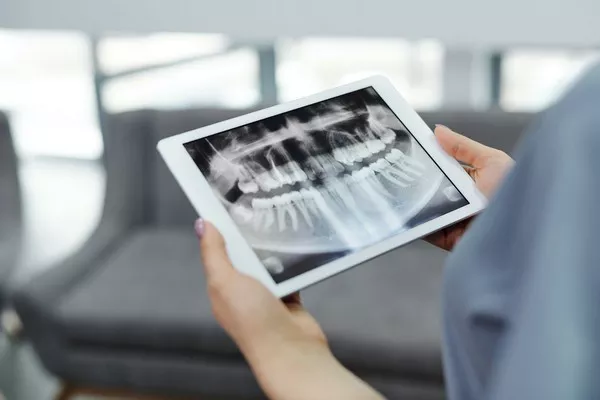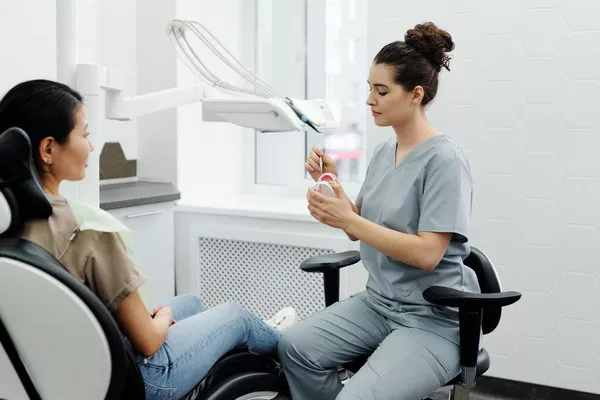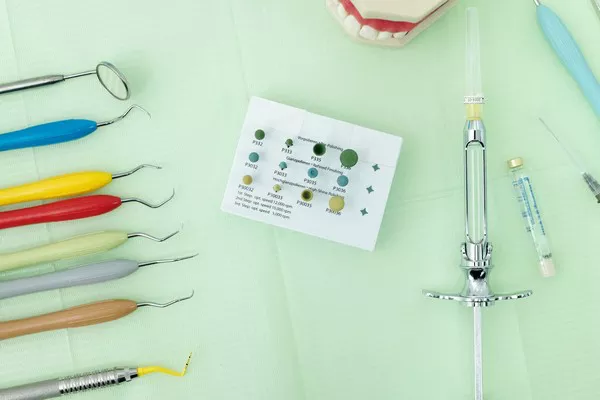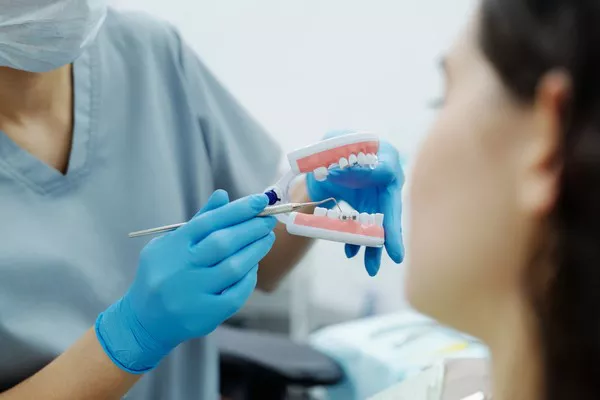Having a bright, white smile is often associated with confidence and good oral hygiene. If you’re considering teeth whitening, you may wonder how many sessions are necessary to achieve your desired results. The number of teeth whitening sessions needed can vary depending on several factors, including the severity of tooth discoloration, the chosen whitening method, and individual response to treatment. In this article, we’ll explore these factors in detail to provide you with a better understanding of how many teeth whitening sessions you may need.
Understanding Tooth Discoloration
Tooth discoloration can occur due to various reasons, such as:
Extrinsic Stains:
These stains affect the outer layer of the tooth (enamel) and are typically caused by factors like food and beverage consumption (e.g., coffee, tea, red wine), tobacco use, or poor oral hygiene habits.
Intrinsic Stains:
Intrinsic stains occur within the tooth structure and may be caused by factors like aging, certain medications (e.g., tetracycline), excessive fluoride exposure during tooth development, or trauma to the tooth.
The type and severity of tooth discoloration play a role in determining the number of teeth whitening sessions required.
Whitening Methods and Treatment Options
There are various methods and treatment options available for teeth whitening. The choice of method can influence the number of sessions needed. Here are some common teeth whitening approaches:
In-Office Professional Whitening:
In-office whitening treatments are performed by dental professionals. They typically involve applying a high-concentration bleaching agent directly to the teeth and activating it with a special light or laser. In-office whitening procedures are highly effective and offer immediate results. Depending on the individual’s tooth discoloration and desired outcome, one or two sessions may be sufficient to achieve noticeable whitening.
At-Home Professional Whitening:
At-home professional whitening kits are provided by dentists. These kits usually include custom-made trays and a lower concentration bleaching gel. The trays are worn over the teeth for a specified period daily or overnight. At-home whitening is generally done over several weeks, with patients having control over the frequency and duration of treatments. The number of sessions required will depend on the severity of discoloration, with results becoming noticeable within a few sessions.
Over-The-Counter (OTC) Whitening Products:
OTC whitening products, such as whitening strips, gels, or toothpaste, are available at retail stores without a prescription. While these products are convenient and affordable, they typically contain lower concentrations of whitening agents compared to professional treatments. Consequently, it may take longer to achieve desired results, and more sessions may be needed for noticeable whitening.
Severity of Tooth Discoloration
The severity of tooth discoloration is an important factor in determining the number of whitening sessions required. Mild cases of extrinsic staining caused by surface-level stains may require fewer sessions to achieve satisfactory results. Conversely, deep intrinsic stains or severe discoloration may necessitate more extensive treatment and multiple whitening sessions to effectively lighten the teeth.
Individuals with naturally darker tooth shades may also require additional sessions compared to those with lighter tooth shades. It’s worth noting that each person’s response to whitening treatments can vary, and some individuals may achieve their desired level of whiteness with fewer sessions than others.
Desired Outcome and Maintenance
The desired level of teeth whiteness is subjective and varies from person to person. Some individuals may seek a subtle improvement, while others may desire a more dramatic change. Communicating your expectations with your dentist or oral healthcare professional is crucial, as it helps them determine the appropriate treatment plan and estimate the number of whitening sessions required to achieve your desired outcome.
Once you’ve achieved your desired level of teeth whiteness, it’s important to maintain the results. This involves practicing good oral hygiene, avoiding stain-causing substances (e.g., tobacco, certain foods), and periodic touch-up treatments as recommended by your dentist. Regular check-ups with your dentist will allow them to monitor the longevity of the whitening effects and provide guidance on maintaining your bright smile.
Conclusion:
The number of teeth whitening sessions required depends on various factors such as the severity of tooth discoloration, the chosen whitening method, individual response to treatment, and the desired level of whiteness. Consulting with a dental professional is crucial for an accurate assessment and personalized treatment plan. They will evaluate your specific case, discuss your expectations, and recommend the most suitable whitening approach along with the estimated number of sessions needed. Remember, achieving and maintaining a bright, white smile requires a combination of professional guidance, personalized treatment, and consistent oral care practices.
Related Topics:





























